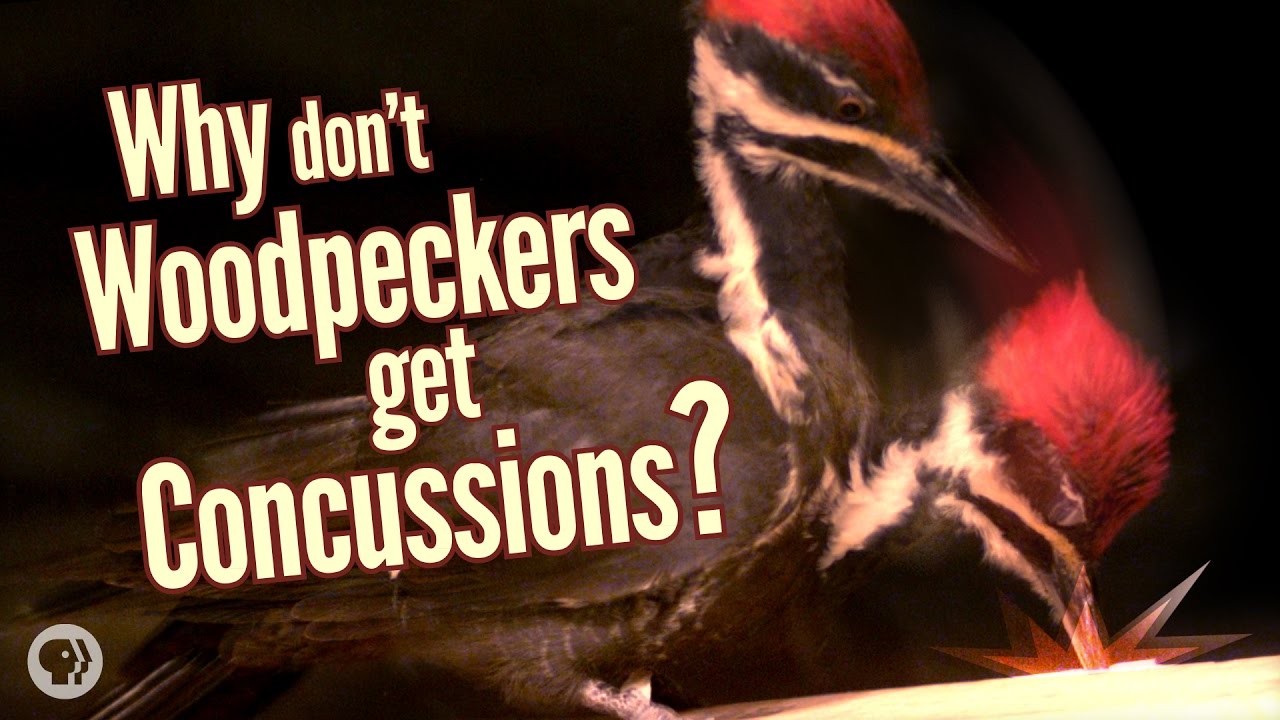Amazing Rube Goldberg Machines
Description: Rube Goldberg machines are named after American cartoonist Rube Goldberg who drew complicated steps involved in doing a fairly simple task (like pouring milk in a glass). Students can study these machines, or build their own, to show how energy can be converted through a series of interactions. In lower elementary classes they might be shown or built to show how pushes or pulls can change the motion of objects. As they move through school they should start to identify specific collisions, interactions, and conversions of energy.
Web Resources: Rube Goldberg Machines - Wikipedia
Slow Motion Golf Ball Collision
Description: In this dramatic slow motion video a golf ball collides with a piece of steel showing a large amount of compression. Different golf balls are designed to have varying amounts of compression based on the desired behavior of the ball. In a kindergarten class golf balls or baseballs are great examples of pushes causing changes in the motion of an object. In the upper grades this could be a great example of a collision. Students could investigate the behavior of different golf balls (or clubs) and even do some designing themselves.
Web Resource: Golf Ball - Wikipedia
Giant Newton's Cradle
Description: The coupled pendulum can be created with either string or a spring connecting the two pendulums. With each swing energy is transferred from one pendulum to the other. If the pendulums both have the same length one pendulum comes to a complete stop before alternating motion. This phenomenon can be used to show balanced and unbalanced forces, how motion can be used to predict future motion, and the conservation of energy.
Web Resources: Giant Newton’s Cradle Website, Wikipedia article
Why Don't Woodpeckers Get Concussions?
Description: According to Lorna Gibsion of the MIT Department of Material Science and Engineering woodpeckers are able to avoid brain injury due to three factors "(1) their small size, which reduces the stress on the brain for a given acceleration; (2) the short duration of the impact, which increases the tolerable acceleration; and (3) the orientation of the brain within the skull."
Web Resource: Woodpecker Pecking: How Woodpeckers Avoid Brain Injury





